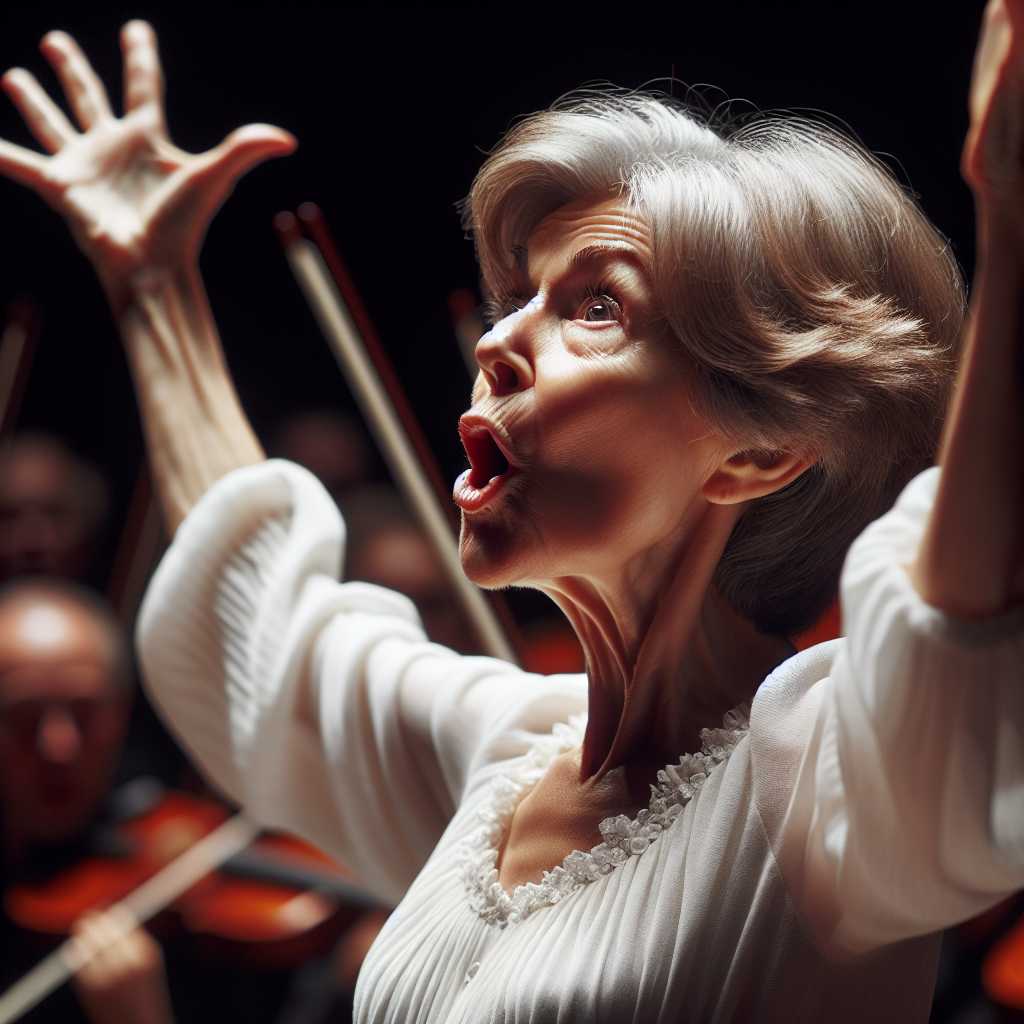The Life and Legacy of Maria Callas
Maria Callas, recognized as one of the most renowned opera singers of the 20th century, continues to fascinate music lovers and historians decades after her passing. Her unique voice, dramatic interpretations, and turbulent life offstage made her a lasting icon in the world of classical music. This article explores the soprano’s life, career highlights, challenges, and the legacy she left behind.
Early Life and Introduction to Music
Maria Callas was born Maria Anna Cecilia Sophia Kalogeropoulos on December 2, 1923, in New York City to Greek immigrant parents. Early in life, she showed musical promise, which led to vocal lessons at a young age. After her parents’ separation, Maria moved to Greece with her mother where her musical training intensified at the Athens Conservatoire.
Rapid Rise to Fame
Returning to America after WWII, Callas took part in several auditions which did not lead to immediate success. It wasn’t until her performances at La Scala in Milan and other European theaters that her astonishing talent became widely recognized.
A Voice Like No Other: The Callas Phenomenon
Callas’s voice was distinctive because it combined an incredible range with a potent yet versatile dramatic intensity. She had the technical ability to sing roles intended for both lyrical and dramatic sopranos and became famous for renewing interest in bel canto operas by Bellini and Donizetti.
Landmark Performances and Roles
Maria Callas became synonymous with certain roles that she made completely her own through her dramatic flair and vocal prowess. Her interpretations of Norma, Violetta in La Traviata, and of course, the titular character in Medea are often considered definitive.
The Diva on Stage and Off
Offstage, Callas’s life was as substantial and dramatic as her operatic personas. Her supposed rivalry with another leading soprano,Renata Tebaldi, her tempestuous love affair with Greek shipping magnate Aristotle Onassis, along with struggles with weight loss and vocal issues affected her career trajectory.
Challenges and Criticism: Vocal Decline and Scandal
Throughout the 1950s and 1960s, criticism arose over the perceived decline in her vocal capabilities. Health problems contributed to this decline while her personal life continued making headlines much like today’s celebrities.
Life after Opera
After retiring from the opera stage, Callas devoted time to masterclasses and teaching. This second career phase saw her nurturing new talent—a role that brought her significant satisfaction even as she faced waning health.
The Enduring Influence of ‘La Divina’
Maria Callas might have left the stage but she never departed from the cultural imagination. Her recordings continue to be benchmarks for aspiring operatic talents and offer insights into nuances of high performance standards.
Notes
Image Description: A photograph capturing Maria Callas mid-performance, perhaps frozen at a moment of dramatic impact—arms raised emotively as she effortlessly commands the rapt attention of audience and orchestra alike. Her expression conveys both vulnerability and intensity which is synonymous with her illustrious operatic career.

